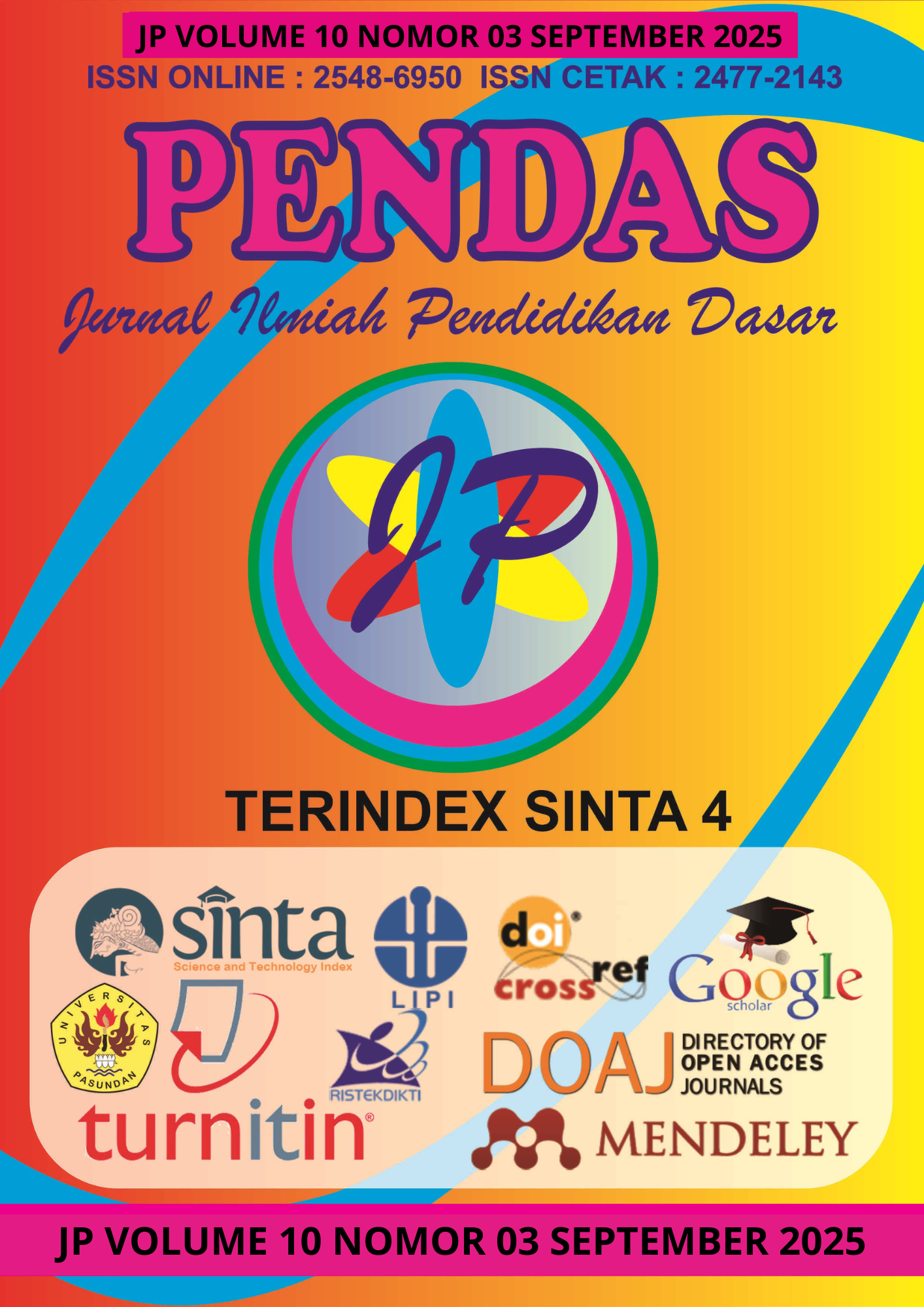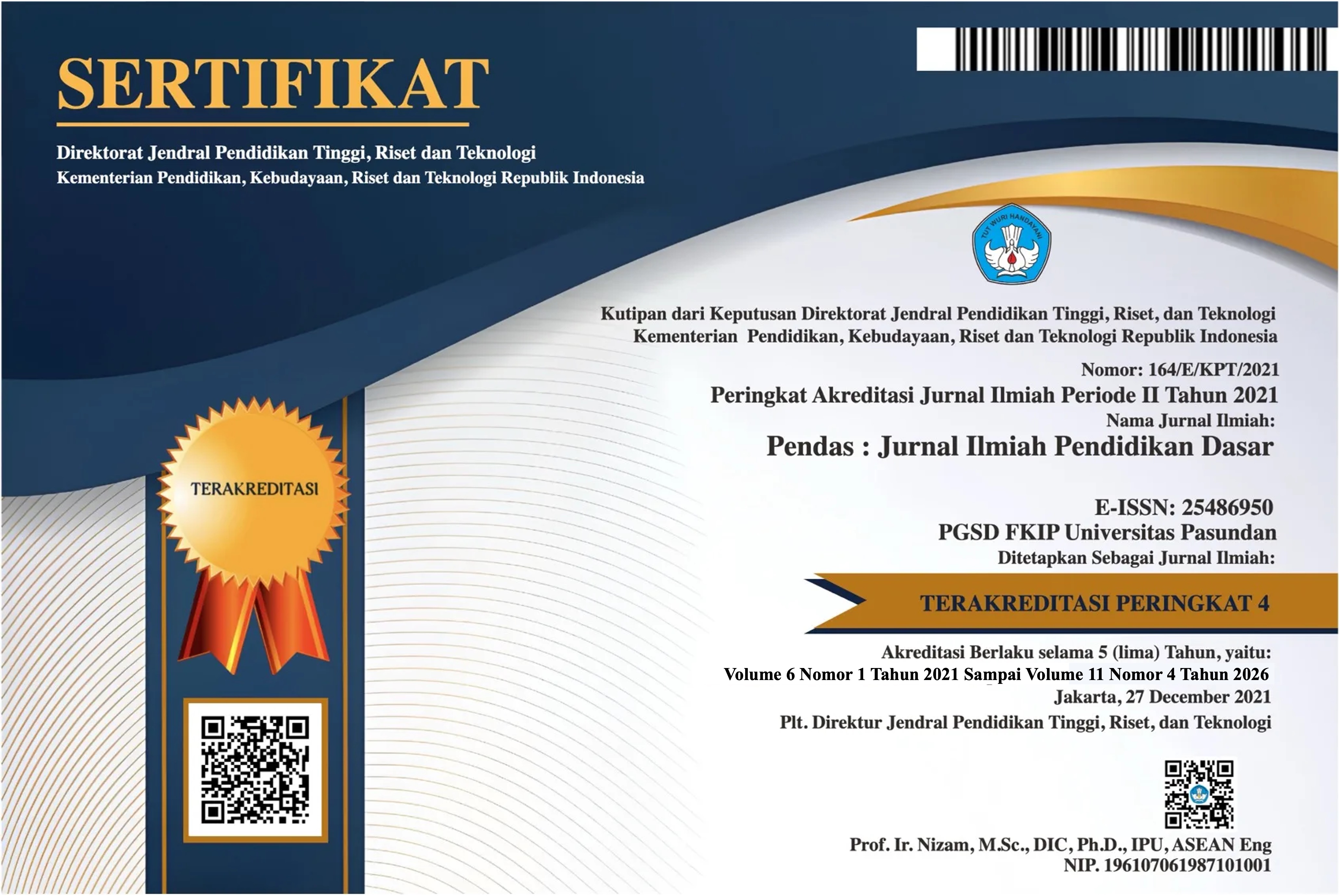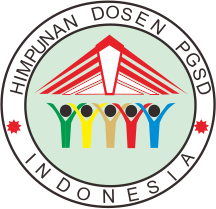STUDI KEBUTUHAN DAN UJI COBA AWAL MEDIA FLASHCARD TEMATIK AL-QUR’AN DI PESANTREN ASR, KABUPATEN GOWA
DOI:
https://doi.org/10.23969/jp.v10i03.30563Keywords:
instructional media, educational technology, pesantren, thematic Qur’an learningAbstract
This study aims to analyze the needs for instructional media and educational technology at Pondok Pesantren Ahlus Shidqi war Rahmah (ASR), Gowa Regency, and to design and conduct an initial trial of a thematic Qur’an learning media using a semi-digital flashcard-based board game. A descriptive qualitative approach was employed, with data collected through interviews, classroom observations, and document analysis. The research results indicate that although facilities such as computers and LCD projectors are available, their use in teaching is still limited due to the lack of diverse and interactive media. Teachers express a need for more engaging and student-centered instructional tools, while students show good adaptability to technology-based learning. The initial testing of the semi-digital board game revealed a positive impact on students' learning motivation, concentration, and confidence in understanding thematic Qur’anic material. These findings suggest that the integration of interactive and contextual media can be an effective strategy to support meaningful and joyful learning experiences in Islamic boarding schools. The research also provides insights into how semi-digital tools can bridge the gap between traditional religious education and modern pedagogical approaches in pesantren environments.
Downloads
References
Anderson, L. W., & Krathwohl, D. R. (2001). A taxonomy for learning, teaching, and assessing: A revision of Bloom's taxonomy of educational objectives. New York: Longman.
Brame, C. J. (2016). Active learning. Vanderbilt University Center for Teaching. https://cft.vanderbilt.edu/active-learning/
Daryanto. (2013). Media pembelajaran: Peranannya sangat penting dalam mencapai tujuan pembelajaran. Yogyakarta: Gava Media.
Embas, A. A. (2011). Rekonstruksi metodologi tahfiz Al-Qur'an. Makassar: Alauddin University Press.
Hasanah, U., & Nurrahmah, S. (2020). Media pembelajaran berbasis permainan edukatif dalam meningkatkan hasil belajar siswa. Jurnal Inovasi Pendidikan, 10(1), 45–53.
Heinich, R., Molenda, M., Russell, J. D., & Smaldino, S. E. (2005). Instructional media and technologies for learning (8th ed.). New Jersey: Pearson Education.
Kumairo, M. N. (2023). Konstruktivisme teknologi dalam pembelajaran selama implementasi Kurikulum Merdeka di SMA Negeri 13 Surabaya. Alsys: Jurnal Keislaman dan Ilmu Pendidikan, 3(6), 679–687.
Mayer, R. E. (2009). Multimedia learning (2nd ed.). Cambridge: Cambridge University Press.
Molenda, M. (2009). Instructional design: The ADDIE approach. Berlin: Springer.
Myftiu, M. T. (2015). Vygotsky theory on social interaction and its influence on the development of pre-school children. In 6th International Conference on Social Sciences (pp. 172–179). Istanbul: European Journal of Social Sciences Education and Research, 2(3).
Nursaya’bani, K. K. (2025). Strategi pengembangan pembelajaran abad ke-21: Mengintegrasikan kreativitas, kolaborasi, dan teknologi. JIIP (Jurnal Ilmiah Ilmu Pendidikan), 8(1), 109–116.
Said, S. (2023). Peran teknologi sebagai media pembelajaran di era abad 21. Jurnal PenKoMi: Kajian Pendidikan & Ekonomi, 6(2), 194–202.
Schunk, D. H. (2012). Learning theories: An educational perspective (6th ed.). Boston: Pearson Education.
Supriyadi, K. H. (2023). Peranan manajemen media pembelajaran untuk meningkatkan motivasi belajar siswa. Al-Mikraj: Jurnal Studi Islam dan Humaniora, 4(1), 981–990.
Suryani, A. (2019). Integrasi teknologi dalam pembelajaran: Peluang dan tantangan di era digital. Jurnal Teknologi Pendidikan, 21(2), 120–130.
Downloads
Published
Issue
Section
License
Copyright (c) 2025 Pendas : Jurnal Ilmiah Pendidikan Dasar

This work is licensed under a Creative Commons Attribution 4.0 International License.



















